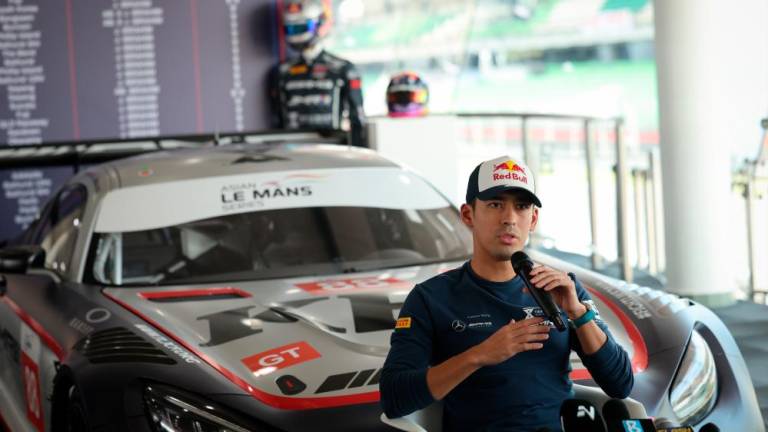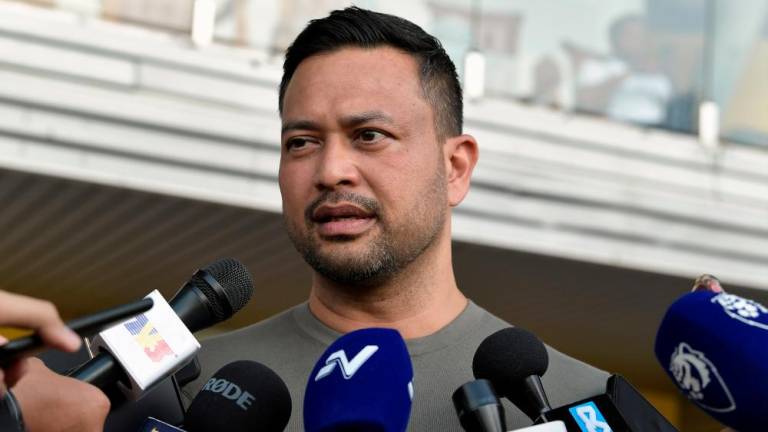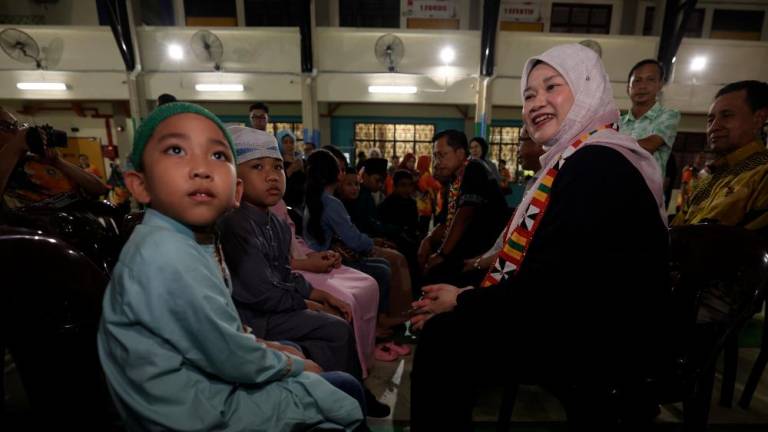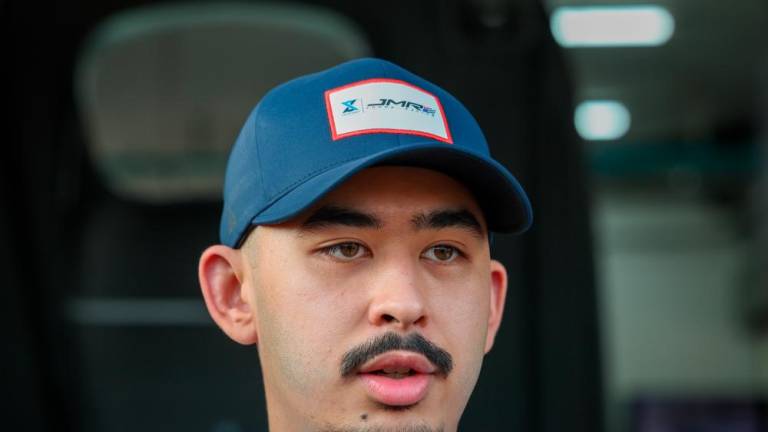PETALING JAYA: This year, the fortunes and performance of equities and commodities have been largely determined by the challenges posed by the Covid-19 pandemic, which first surfaced at the end of last year.
As the novel coronavirus outbreak evolved into a full-fledged pandemic, many economies and sectors were forced to contend with the new normal of social distancing, high volatility, closed borders and subdued demand. Thanks to these restrictions, some clear winners and losers have emerged over the course of the year.
The elevated levels of uncertainty have wreaked havoc on the currency market due to the outsized disruption to fundamentals, as the underlying cross-border trade, and commodities prices, has seen a high level of volatility.
In this high volatility environment, cryptocurrencies have emerged as a clear winner in 2020, as Bitcoin saw a steady ascent from US$7,179.96 on Jan 1, to breach a record high of above US$23,000 on Dec 17. As at 10pm yesterday, the world’s most popular currency traded at US$23,890.82 (RM96,387), a year-to-date gain of 232.7%.
In addition to the heightened volatility in the market, the sector is reaping the benefits from a “fear of missing out” which fuelled the previous all-time high as its steady gain throughout the year has attracted the entry of institutional investors.
Aside from cryptocurrencies, the rubber glove industry has seen a similar meteoric rise this year, given the heightened demand for the product as it is a crucial element in the frontline efforts to curb the spread of the virus.
Bursa Malaysia-listed Top Glove Corp Bhd, the world’s number one glove manufacturer, has seen its shares appreciate from RM4.70 with a market capitalisation of RM35.36 billion as at end-2019 to close at RM6.64 per share last Friday with a market capitalisation of RM53.3 billion.
Supermax Corp Bhd, another glove manufacturer, was also included in the constituent FBM KLCI stocks, following the semi annual review of the FTSE Bursa Malaysia Index Series earlier this month.
Consequently, rubber glove manufacturers reported a slew of bumper net profits in the quarter ended Sept 30, led by Supermax which posted close to a 32-times improvement in net profit to RM789.52 million. Hartalega Holdings Bhd’s net profit went up 5.2 times to RM544.96 million and Kossan Rubber Industries Bhd reported a net profit of RM348.74 million, a sevenfold jump year on year.
Meanwhile, Top Glove saw a net profit of RM2.4 billion, a 21-fold increase year on year for its first quarter ended Nov 30.
Despite the sector’s newly found position as Bursa’s darling, glove producers have faced downward pressure after reports of factory employees testing positive for Covid-19.
Top Glove has been named in several reports detailing the poor conditions in its workers’ dormitories, after the country’s largest Covid-19 cluster originated from its Teratai factory in Meru, Klang. The Teratai cluster has seen over 5,000 individuals test positive which resulted in the temporary closure of its factories in the area, and the death of one worker.
Elsewhere, Kossan reported 427 Covid-19 positive cases at one location after screening close to 7,000 employees groupwide, while Hartalega saw 35 positive cases out of its total of 8,772 employees.
Due to the fact that travel restriction is the primary defence against the transmission of the pandemic, the aviation sector has been the biggest loser this year as country after country enacted cross-border travel restrictions beginning from the first quarter.
Earlier this month, the International Air Transport Association (IATA) estimated that airline losses are now forecast to top US$118 billion this year and nearly US$39 billion in 2021. The industry is expected to continue burning cash at a rate of almost US$7 billion a month in the first half of 2021.
As of October, over 43 commercial airlines have failed, which indicates that they have ceased or suspended operations, according to travel data company Cirium. Although the figure might appear to be in line with the 46 and 53 failed airlines reported in 2019 and 2018 respectively,
Cirium noted that failures typically occur in the last few months of the year, as the first and fourth quarters are typically the toughest with the bulk of carrier revenues generated in the second and third quarters of the year.
To survive this harsh period, carriers worldwide have been looking towards consolidation, outright sale or government support in tandem with the aggressive cost-cutting measures.
IATA pointed out that since the onset of the pandemic, governments have helped airlines survive the crisis with approximately US$173 billion in various forms of financial support. The association is urging governments to add market stimulation measures to the support they are giving to keep aviation financially viable such as temporary waivers or suspensions of government charges taxes and fees, route subsidies, and passenger travel subsidies, among others.
On local shores, the fate of flagship carrier Malaysia Airlines is still hanging in the balance as Finance Minister Tengku Datuk Seri Zafrul Abdul Aziz revealed that the decision to close or terminate the carrier’s parent company, Malaysia Aviation Group Bhd (MAGB), has not yet been finalised and depends on the outcome of its negotiations with creditors and lessors to restructure the company.
At the same time, he stated that the sovereign fund, Khazanah Nasional Bhd, which owns MAGB, has injected about RM28 billion into the company.
However, during a Ministers’ Question Time session earlier this week, Deputy Finance Minister Abdul Rahim Bakri said the airline’s restructuring is expected to be completed by Dec 31. MAGB’s current total liabilities to be restructured are estimated at RM16 billion.
Malaysia’s listed airlines AirAsia Group and AirAsia X also face a similar prospect. In October, AirAsia X proposed a debt restructuring, which will see the RM63.5 billion it owes scheme creditors be restructured and reconstituted into an acknowledgement of indebtedness by AAX for a principal amount of up to RM200 million, payable annually over a period of up to five years.
In the commodities sector, the slowdown in economic activity has wreaked havoc on oil prices.
Brent crude price closed at US$52.26 per barrel (pb) last Friday, a year-to-date decline of 21.1% from US$66.25 pb reported for Jan 2.
This unprecedented situation is best reflected by the price of West Texas Intermediate (WTI) futures turning negative in April to as low as -US$37.63 pb, as traders avoided having to take physical delivery of the oil and incur storage costs against a backdrop of heightened oil inventories and an acute lack of storage space.
In response, the Organization of the Petroleum Exporting Countries and its allies (Opec+) agreed to institute a record production cut of 9.7 million barrels per day (bpd) for May and June 2020.
Subsequently, Opec+ at its meeting in December sealed an agreement to ramp up production by a maximum of 500,000 bpd beginning in January.
Due to these developments, the US Energy Information Administration has projected an average price of US$49 pb for Brent crude in 2021, from an anticipated average of US$43 pb in the last quarter of 2020. In the first half of next year, it expects an average of US$47 pb before improving to US$49 pb in the later half.
Headway in the deployment of vaccines in the US and the UK has slowly spurred demand for oil across the globe, despite mixed results in the containment of Covid-19 across different countries.














